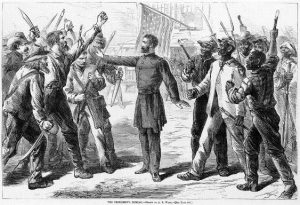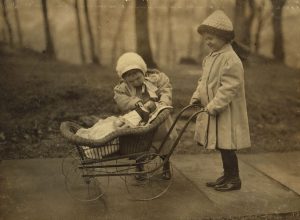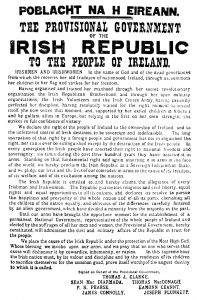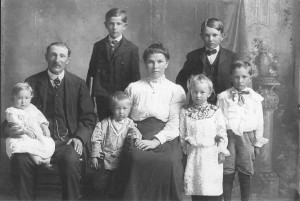
Boston, Sunday, 25 May 1873: A sorrowful telegram last evg, summoning me to St. Catharine’s [in Ontario]. Mary Shober[2] had a severe relapse last Wednesday; typhoid symptoms have set in and I fear she is sinking. I know Sallie [Lewis][3] would not bid me come unless she felt it very necessary, for we both dread the agitation my quick return will cause our precious sister, though I think she has long felt convinced herself she should never get well. Continue reading “Some very satisfactory items”







